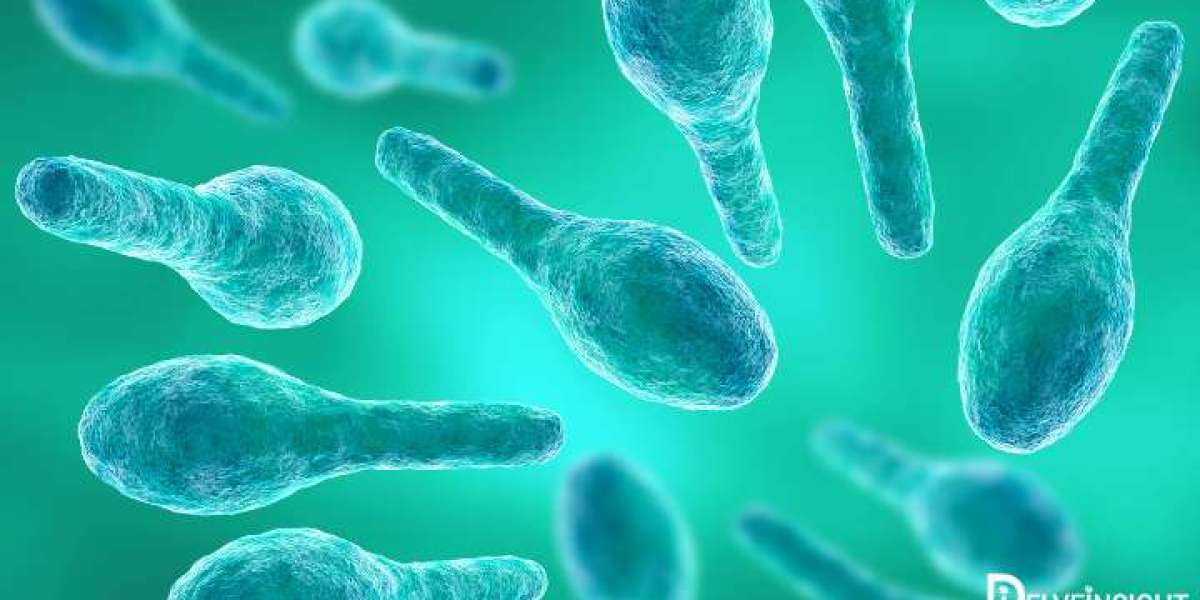The Growing Prevalence of NASH
NASH has emerged as a silent epidemic, with estimates suggesting that around 25% of the global population has some form of NAFLD. Among these, a substantial proportion will progress to NASH, making it a leading cause of liver-related morbidity and mortality. The condition is particularly prevalent among individuals with risk factors such as:
Obesity
Type 2 diabetes
Dyslipidemia
Metabolic syndrome
These factors contribute to a rising number of cases, leading to increased healthcare costs and burdens on healthcare systems. The silent nature of NASH, where patients often remain asymptomatic until severe liver damage occurs, exacerbates the challenge of effective management.
Key Challenges in Managing NASH
Lack of Approved Treatments: Currently, there are no FDA-approved medications specifically for treating NASH. Management primarily focuses on lifestyle changes, which can be difficult for patients to maintain.
Diagnosis Difficulties: Many individuals with NASH go undiagnosed due to the lack of awareness and the need for invasive diagnostic procedures like liver biopsies. Non-invasive methods are being developed but are not yet widely adopted.
High Recurrence Rates: Even with lifestyle interventions, many patients experience a recurrence of liver fat and inflammation. This highlights the need for more effective therapeutic options that address the underlying mechanisms of the disease.
Healthcare Disparities: NASH disproportionately affects individuals from lower socioeconomic backgrounds, further complicating access to diagnosis and treatment.
Potential Solutions and Innovations
To combat the challenges associated with NASH, several promising solutions and innovations are being explored:
Pharmacological Advances: Numerous drug candidates are currently in various stages of development. These aim to target different aspects of NASH, including:
Anti-inflammatory agents to reduce liver inflammation
Anti-fibrotic therapies to prevent or reverse liver scarring
Metabolic modulators to improve insulin sensitivity and reduce liver fat
Non-Invasive Diagnostic Tools: Emerging blood-based biomarkers and imaging techniques may offer non-invasive alternatives for diagnosing NASH and monitoring disease progression, reducing the need for liver biopsies.
Lifestyle Intervention Programs: Implementing structured lifestyle intervention programs that incorporate dietary modifications, exercise regimens, and behavioral therapy can significantly improve outcomes for patients with NASH.
Public Health Campaigns: Increasing awareness of NASH through public health initiatives can help facilitate early diagnosis and intervention. Education on risk factors and symptoms will empower individuals to seek timely medical care.
The Future of NASH Management
The future of NASH management looks promising, with the potential for significant advancements in both treatment and diagnostic approaches. The global NASH therapeutics market is projected to grow significantly, with estimates reaching $20 billion by 2030. Key drivers of this growth include:
Increased research and development efforts focused on understanding NASH pathology
Regulatory approvals for new therapies and diagnostic tools
Enhanced funding for public health initiatives aimed at early detection and intervention
Conclusion
NASH is a complex and rapidly growing health challenge that demands urgent attention. Understanding the multifaceted nature of the disease, from its silent progression to the significant health impacts it imposes, is crucial for developing effective management strategies. Through innovative therapies, non-invasive diagnostics, and heightened public awareness, we can uncover solutions that will lead to better patient outcomes and improved liver health globally. By addressing the challenges associated with NASH, we can combat this silent epidemic and enhance the quality of life for millions affected by liver disease.
Latest Reports
Aortic Aneurysm Stent Grafts Market | Cardiac Resynchronization Therapy Device Market | Chronic Pain Market | Global Electrophysiology Devices Market | Large Granular Lymphocyte Leukemia Market | Osteoarthritis Market | Acute Myeloid Leukemia Market | Acute Pancreatitis Market | Bacterial Vaginosis Market | Cystic Fibrosis Market Companies | Epithelial Ovarian Cancer Market | Hypopituitarism Market | Impetigo Market | Non Alcoholic Fatty Liver Disease Nafld Market | Nsclc Market | Ophthalmoplegia Market | Post Operative Pain Management Market | Acute Lymphoblastic Leukemia All Market | Allergic Rhinitis Market | Corneal Ulcer Market | Dravet Syndrome Market | Pheochromocytoma Market | Cardiopulmonary Bypass Equipment Market | Seborrhoeic Dermatitis Market | Campylobacter Infections Market | Geographic Atrophy Market | Hepatitis D Market | Spinal Cord Stimulators Market | Chronic Gout Market | Colorectal Cancer Crc Market | Erosive Esophagitis Market | Recurrent Blood Clots Market | Sleep Tech Devices Market | Acne Vulgaris Market | Acute Respiratory Distress Syndrome Market | Anterior Cruciate Ligament Injuries Market








